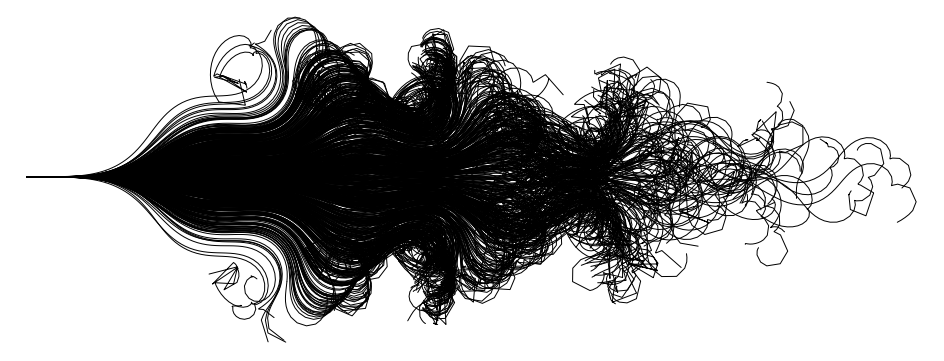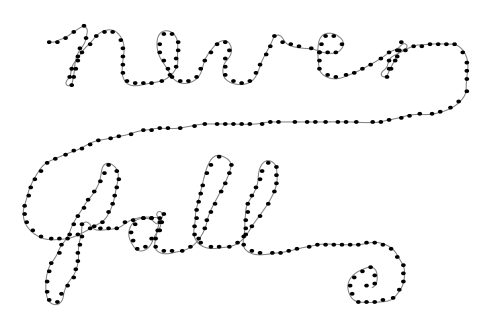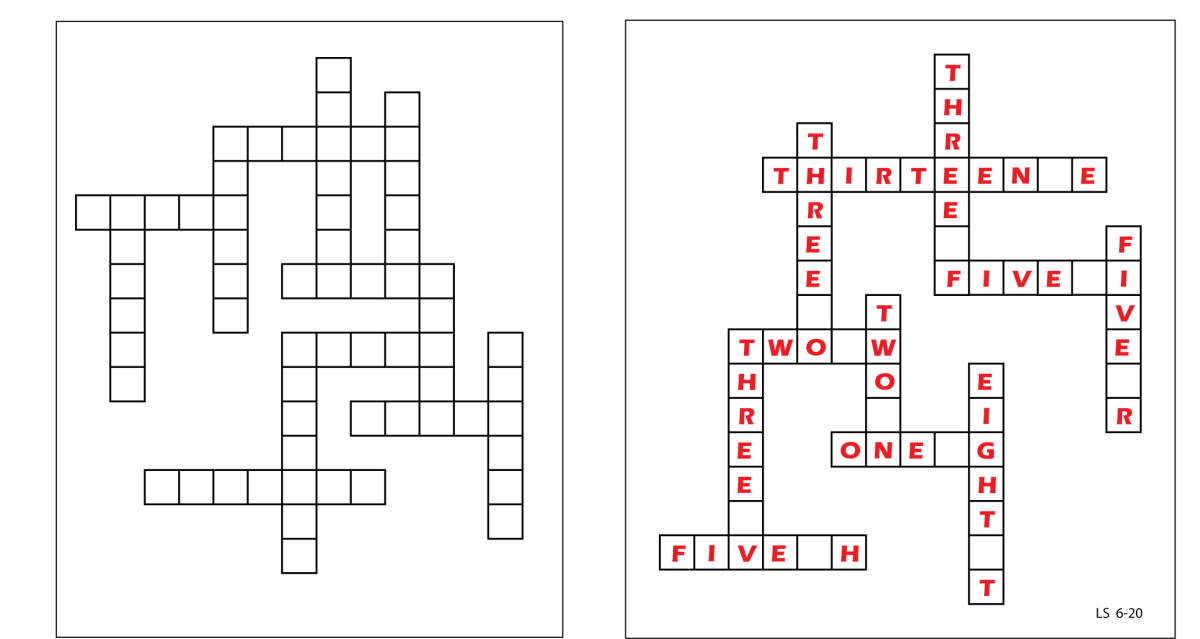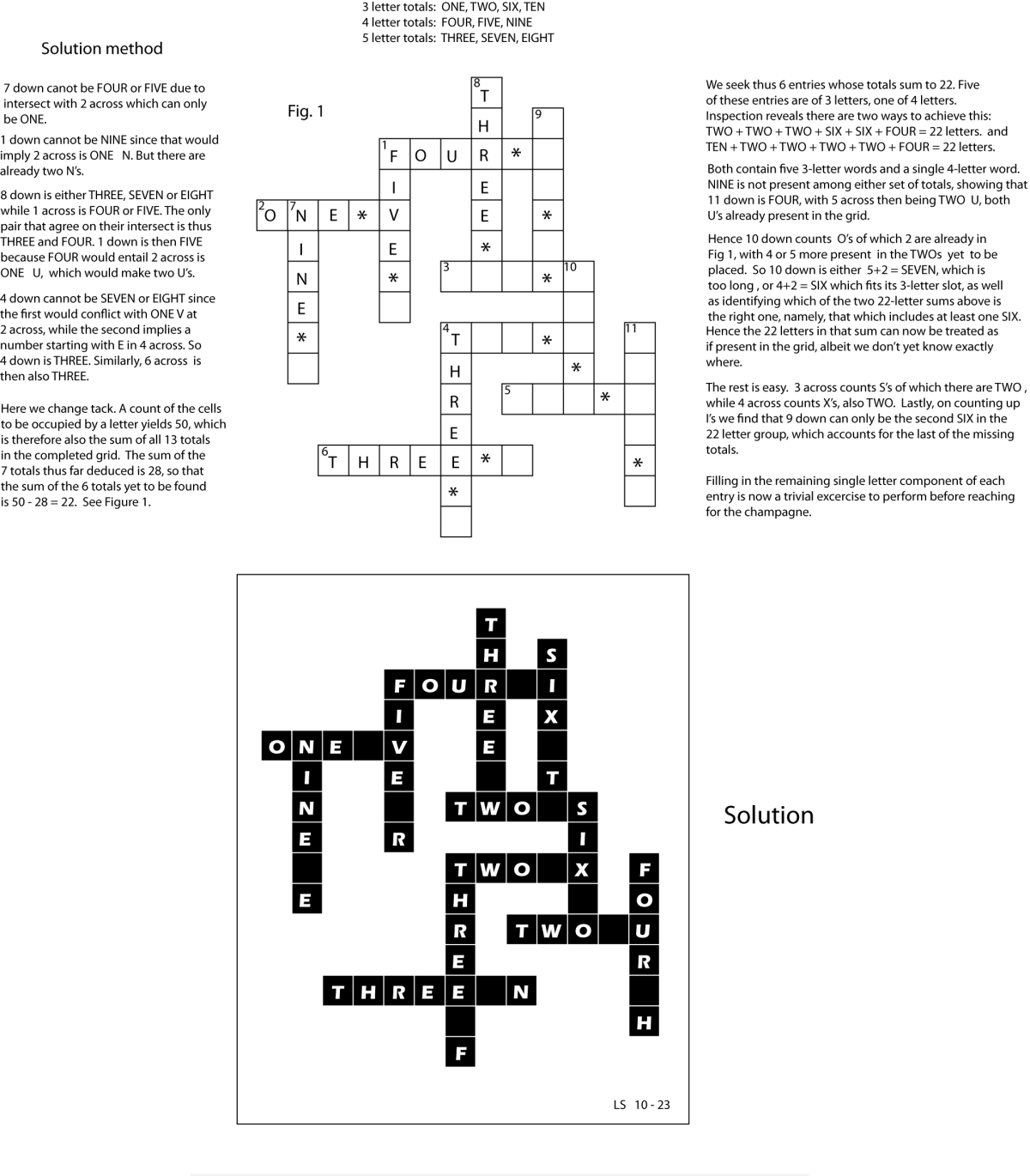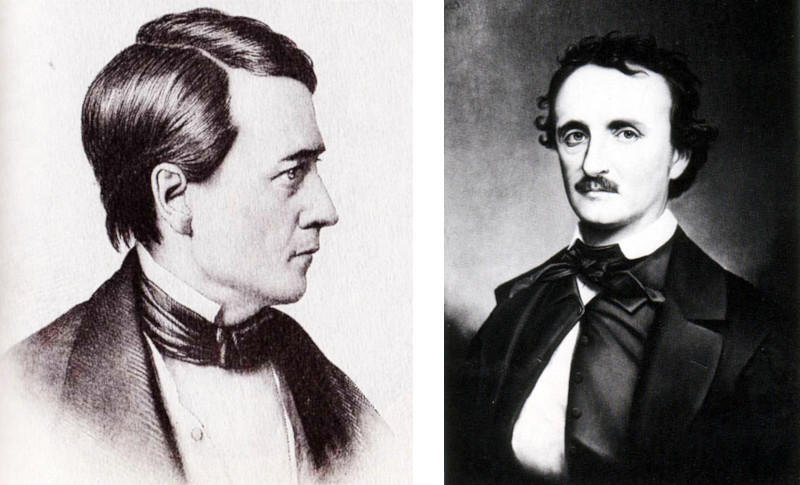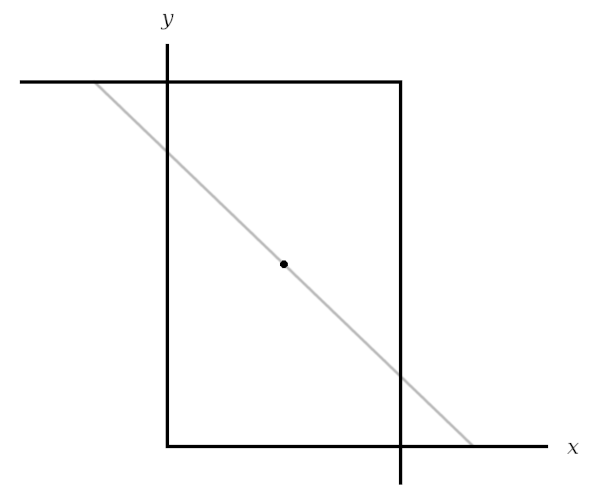Yale economist Paul Krugman published a curious paper in 2010: “The Theory of Interstellar Trade”:
This paper extends interplanetary trade theory to an interstellar setting. It is chiefly concerned with the following question: how should interest charges on goods in transit be computed when the goods travel at close to the speed of light? This is a problem because the time taken in transit will appear less to an observer travelling with the goods than to a stationary observer. A solution is derived from economic theory, and two useless but true theorems are proved.
He added, “While the subject of this paper is silly, the analysis actually does make sense. This paper, then, is a serious analysis of a ridiculous subject, which is of course the opposite of what is usual in economics.”
(Paul Krugman, “The Theory of Interstellar Trade,” Economic Inquiry 48:4 [October 2010], 1119-1123. See The Telltale Mart.)

